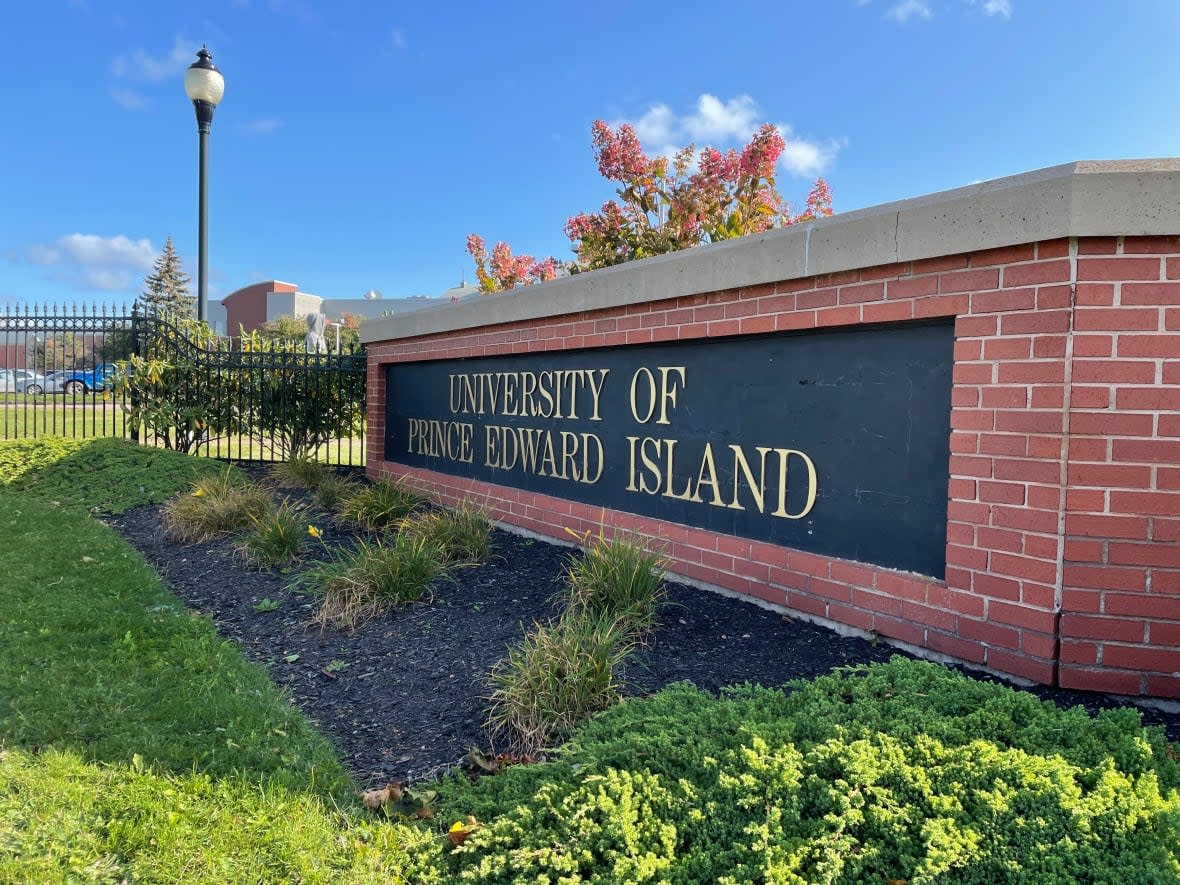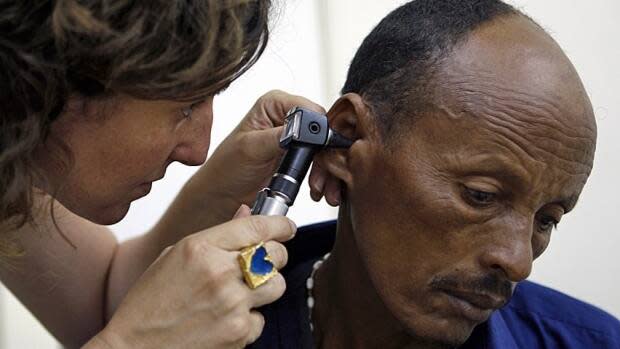A physician's take on the proposed UPEI medical school

When I was a premedical student, word of a medical school on P.E.I. would have been music to my ears.
Now, having practised medicine on the Island for 10 years, the news doesn't strike quite the same chord.
Not surprisingly, the recent announcement of an undergraduate medical "co-degree" between the University of Prince Edward Island and Newfoundland and Labrador's Memorial University has had a positive reception among Islanders.
The growing number of folks on P.E.I. without a family physician is unacceptable. The wait times to see certain specialists is a major problem. Physicians are retiring or moving away from full-time clinical practice.
All of these workforce issues will seemingly be fixed by a local medical school turning out doctors essentially "raised" to work here.
For those of us familiar with medical education, however, the announcement raises questions.
Who will do the teaching?
The format of any four-year medical degree program is a mix of classroom and practical teaching.
Much of the first two years is spent in the classroom, learning first the scientific foundations of medicine (anatomy, physiology, and so on) and then learning about medicine itself, system by system. The initial science lectures can be taught by science professors, but the system-based learning is usually taught by actual physicians.

The third and fourth years of medical school consist of clinical rotations. You may have experienced being interviewed or examined by a third- or fourth-year medical student at your doctor's office or the hospital.
At present, many Island physicians are clinical faculty for medical students from Memorial and Dalhousie University — we take students into our practices on their clinical rotations to learn the ropes.
On P.E.I., the medical education department receives twice the number of requests annually for med student and resident rotations than can be accommodated. The student demand — even without a medical school on P.E.I. — outpaces physicians' ability to accommodate these rotations.
Island doctors have so many demands on our time that it isn't always feasible to add teaching to the workload.
This raises the question: Who will provide these new medical students with the clinical teaching that comprises half of their medical education?
Is our health system resourced for this?
The Department of Health and Wellness, Health P.E.I., and the Medical Society of P.E.I. have made meaningful changes to the recruitment process in the last couple of years and it seems the effort is starting to pay off.
Knowing the Island will provide ample teaching opportunities may well prove to be an attractive feature for physicians with special interest in medical education.
However, there are physician shortages across the country.
Even with best-case-scenario recruitment over the next few years, it's hard to imagine that we will secure enough new physicians to both fill the current doctor deficit and absorb 20 learners per year into practices.
Are residency training spots a more expedient solution?
A medical school aiming to produce "generalists" is exactly what P.E.I. needs.
We clearly need family doctors — the ultimate generalists. And we need specialists who, though few in number in our small province, are able to practice broadly in scope.
What often determines where and how a doctor will practise, however, is their residency training.
After four years of med school comes residency. This is a mandatory two- to five-year working apprenticeship to turn a medical school graduate into a family doctor, a surgeon, a psychiatrist, et cetera.
If we want to enjoy the expected benefit of this school — a sustainable physician workforce — we must first prime the system. If we are going to do this, let us do it right.
- Laura O'Connor
At present, there are just five family medicine residency positions per year on P.E.I. These residents move here, live here, and train here.
The retention rate for these residents to work on P.E.I. after graduation is an impressive 80 percent.
With the proposed class size of 20 students and P.E.I.'s current residency program size, all but five of the new medical school grads will need to leave the Island to complete their residency.
They will move off-Island, live off-Island, and train off-Island.
Will there be a coordinated effort to keep the Island connection in place for the three-quarters of grads who have left? We need to ensure they remain engaged with the health system here and make it easy for them to return.
Expansion of the number of Island family medicine residency seats would certainly bolster our workforce.
Funding return-of-service residency positions in specialties like psychiatry or surgery, even if off-Island, could stabilize some of our weakest areas.
Best of all, direct funding for residency seats requires no new infrastructure. Return on investment would be seen a great deal sooner than with the proposed P.E.I. medical school seats.
How soon is too soon?
The proposed timeline for the opening of the medical school — September 2023 — gives me pause. That means the application cycle for the inaugural class must start less than a year from now.
This endeavour seems much more realistic on a five- or 10-year timeline.
A medical school on P.E.I. is a wonderful concept; our system desperately needs solutions.
In our haste to find solutions, however, we cannot sacrifice the quality of the actual medical education.
If we want to enjoy the expected benefit of this school — a sustainable physician workforce — we must first prime the system.
If we are going to do this, let us do it right.



